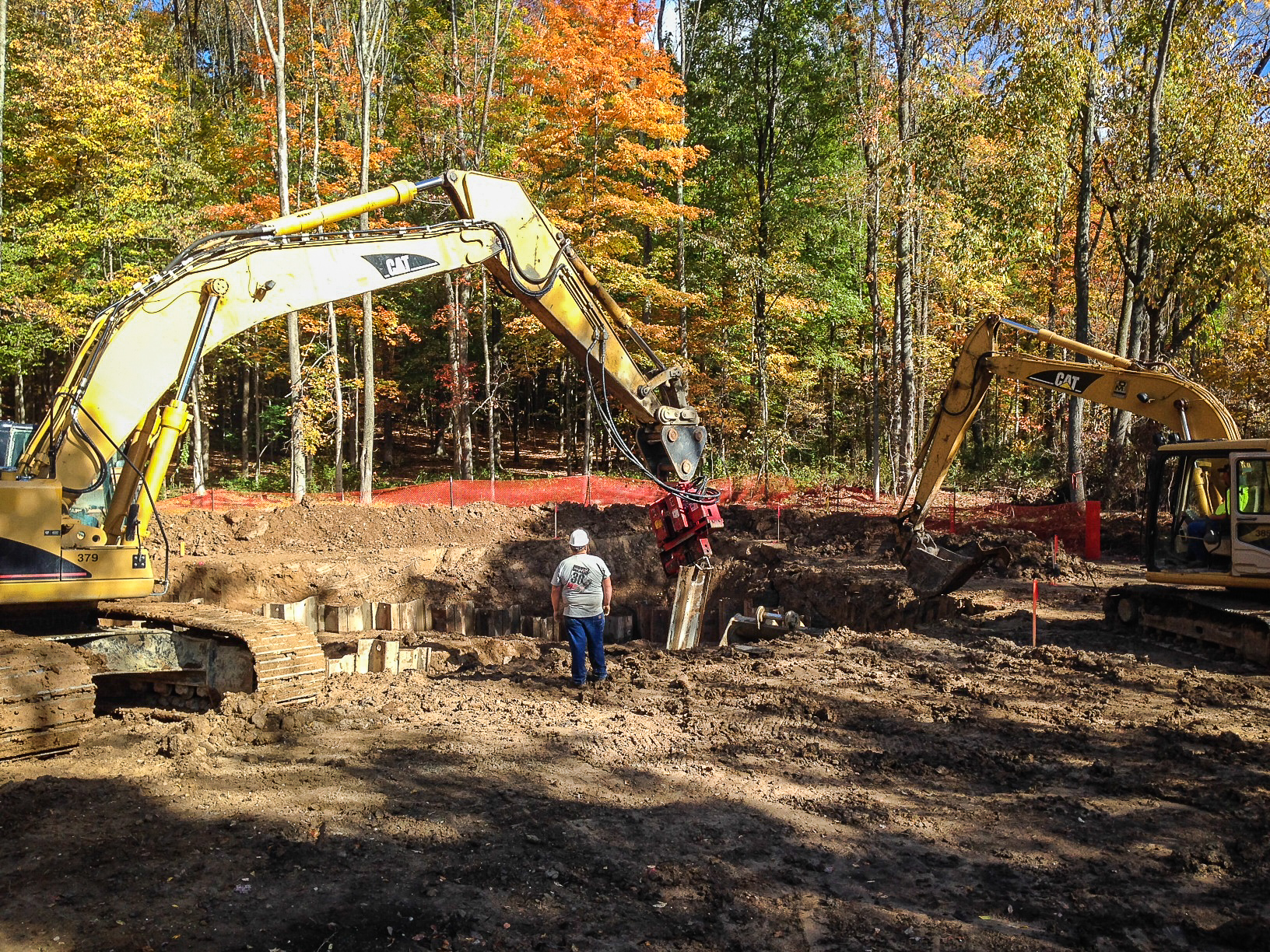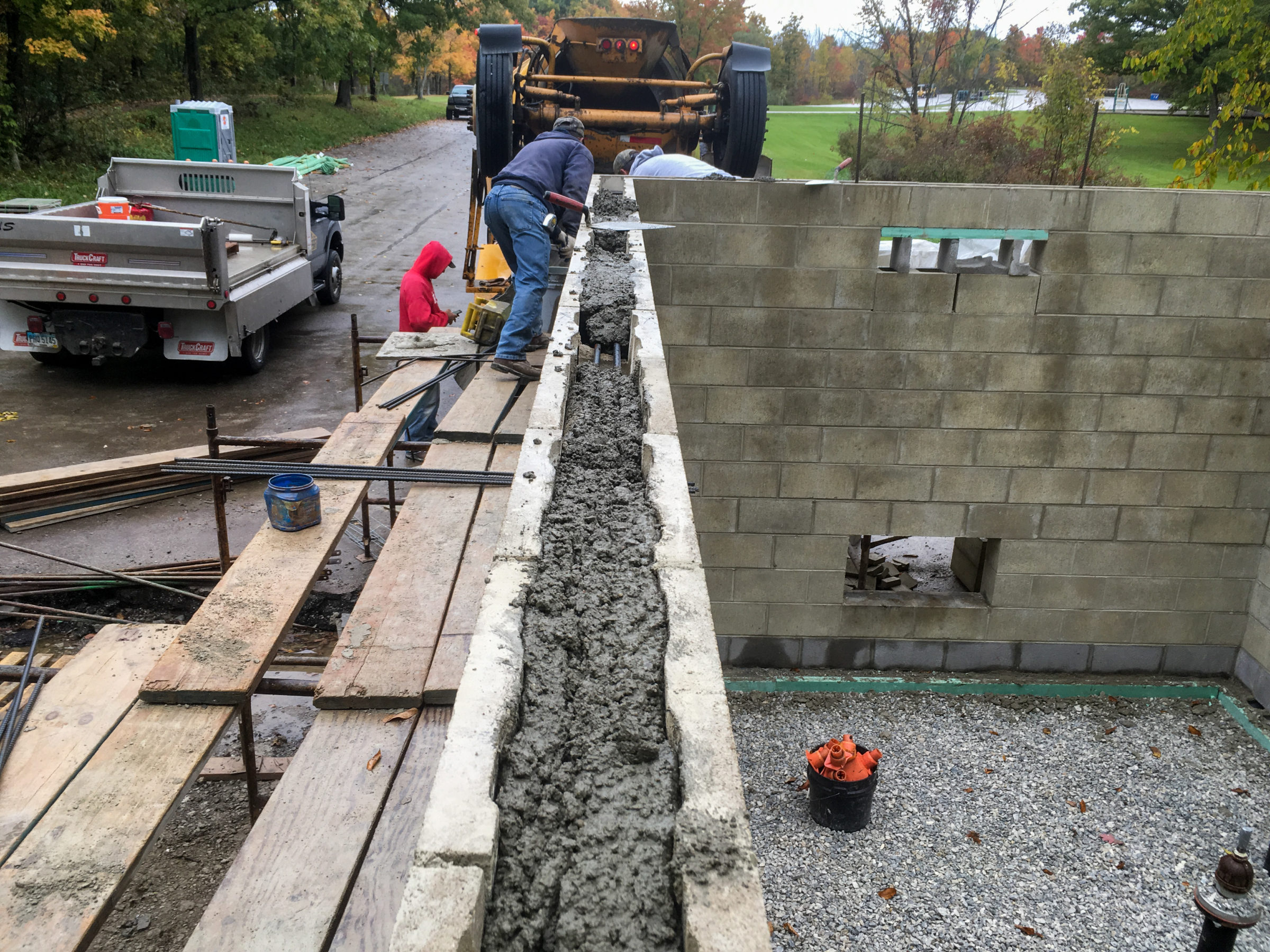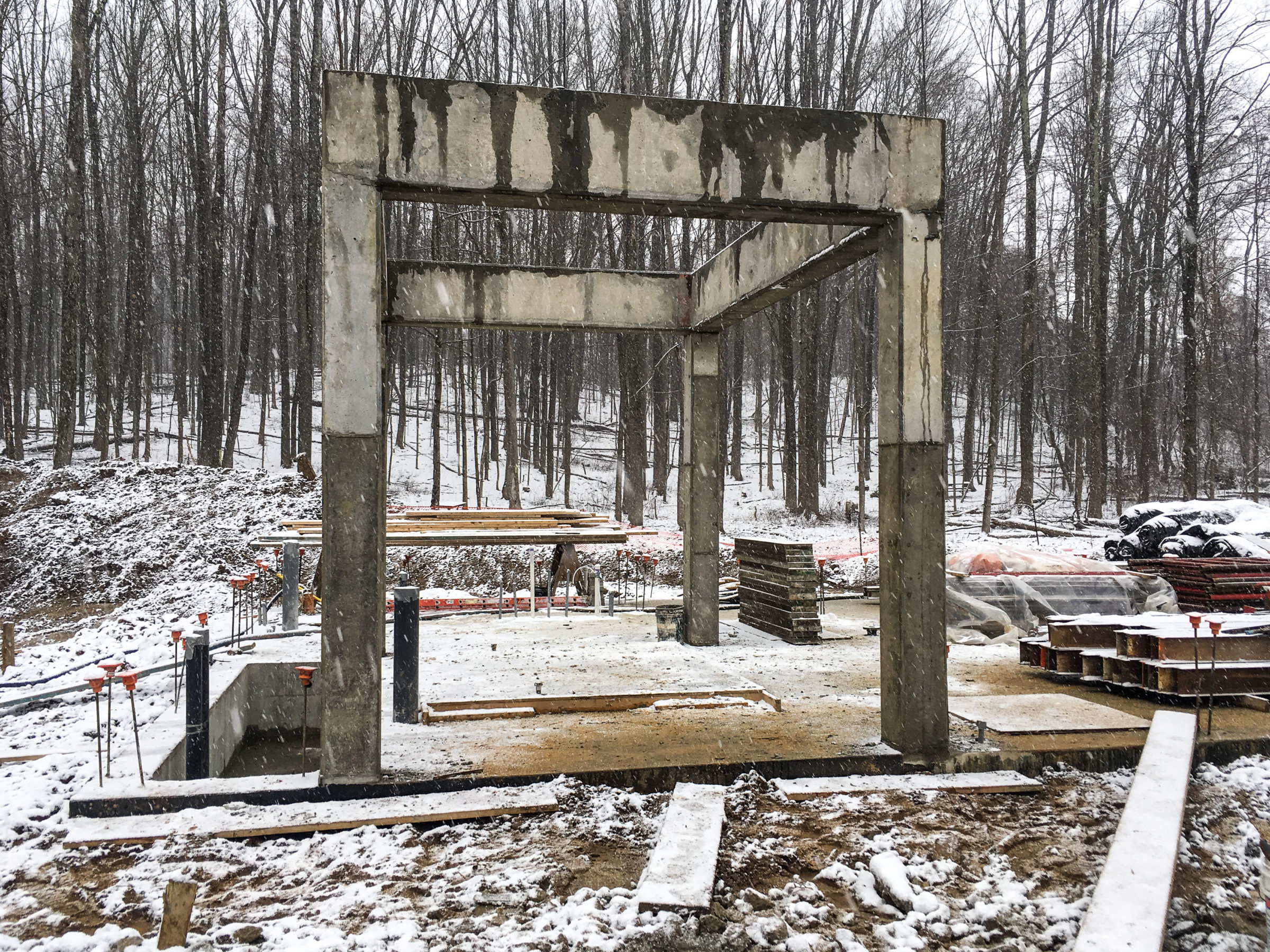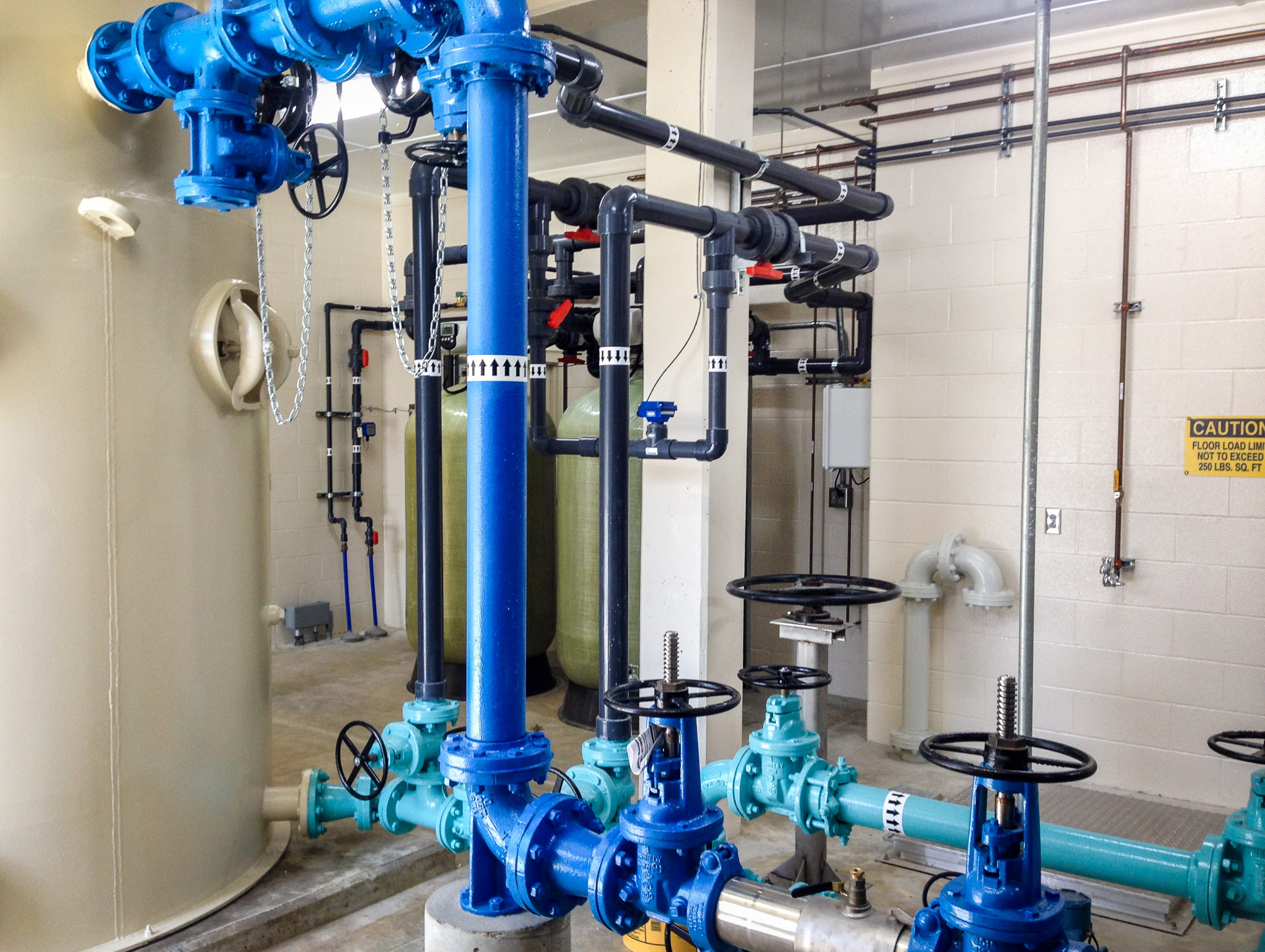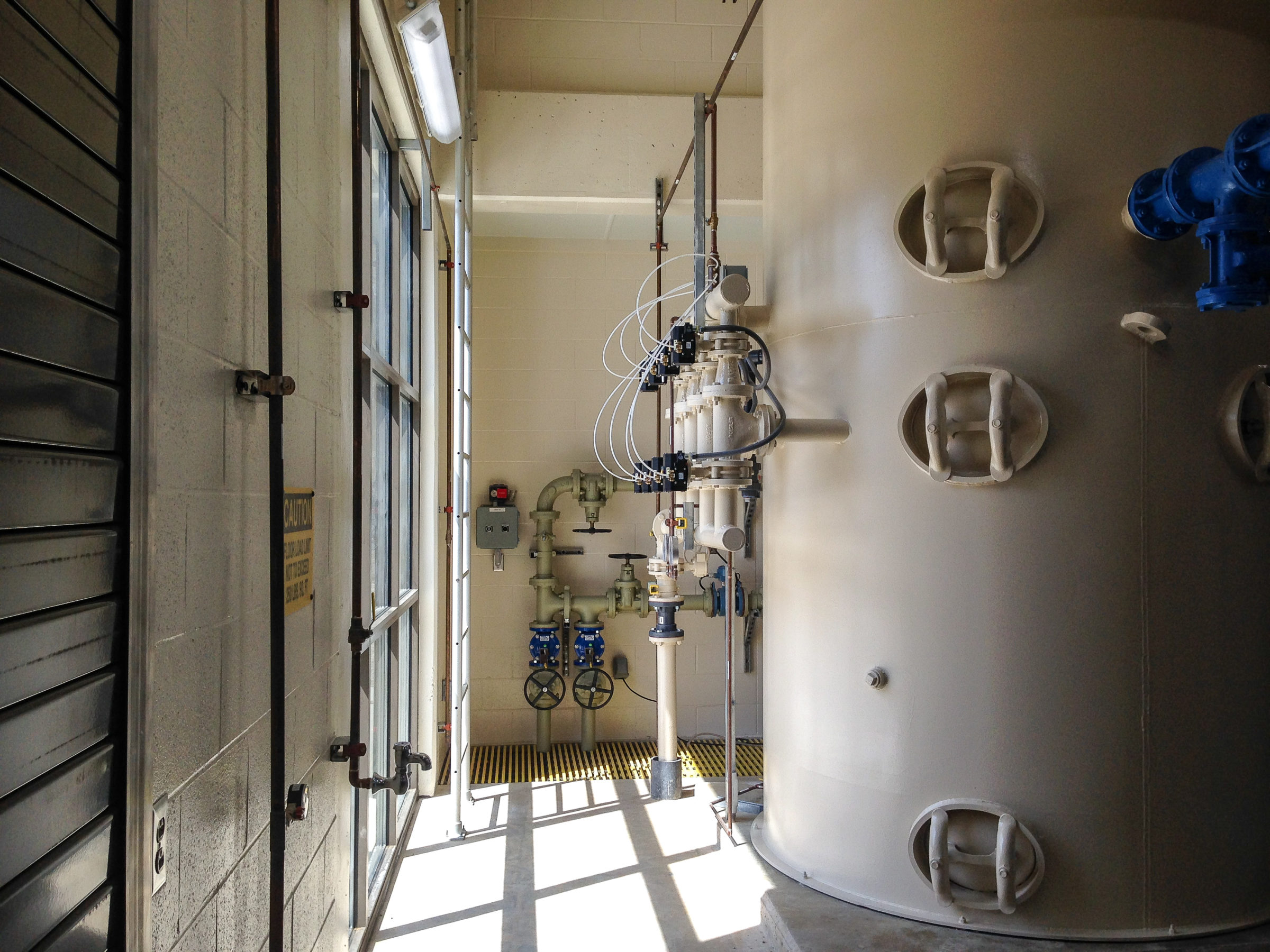Click here for a printable PDF
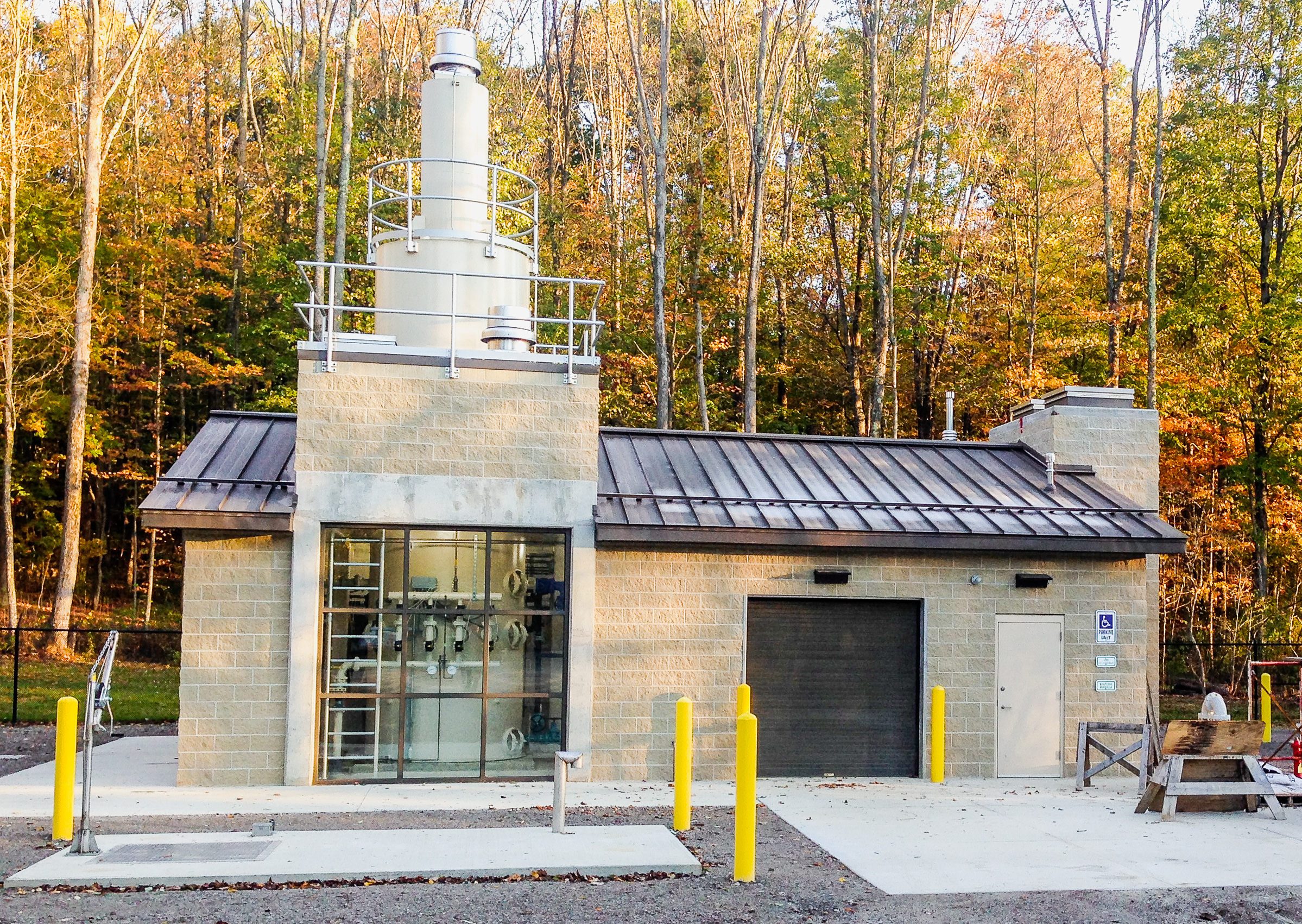
When visiting a state park for a weekend of outdoor activities enjoying camping, water sports and time with loved ones, access to clean drinking water is often not top of mind. However, for those operating a state park, providing clean drinking water for its visitors is an integral part of daily operations.
For Punderson State Park in northeast Ohio, running a successful water treatment operation was difficult with the age of the system and the expanse of the park. This park occupies 741 acres with a lodge, cabins, campground, golf course, sports chalet, marina, boating and swimming facilities.
With potable water supplied to the park by 10 groundwater wells and six individual water treatment systems, it was challenging for the available staff to operate effectively and in compliance with the stringent limits
imposed by the EPA.
The Ohio Department of Natural Resources (ODNR) wanted to investigate the potential options for consolidating and updating the water treatment operations at the park.
Determining the feasibility of abandoning the existing treatment facilities and tying into a local municipal system was the most favorable option as it would eliminate the process at the park. However, following a study, it was more cost effective to update the existing distribution system and consolidate the individual systems into a combined water treatment plant in a centralized location.
This new facility would have the capacity to provide clean drinking water to the entire park and eliminate the need for operations at multiple locations.
However, the best location for the plant was right in the middle of the campground. One of the most highly trafficked and visible areas of the park.
Water treatments plants are often tucked away from visitors and housed in nondescript buildings so as not to detract from the scenery. However, in the middle of the campground there was an opportunity to show visitors the intricacies of the equipment and process that goes into making sure water is safe for human consumption.
For this reason, the building designed to hold all the processing equipment looks different from most.
The new consolidated water treatment plant is designed for iron and manganese removal and softening and to effectively operate in a small footprint. The process building sits on top of the clearwell and uses this structure as the foundation.
Iron and manganese removal equipment includes aeration, detention, and filtration in one vertical column tank structure. The vertical configuration allows gravity flow through the ion exchange softening system.
Typically, this would require pumping through the softener, but since the detention portion of the tower is elevated, it eliminates a need for another set of pumps.
To highlight the uniqueness of the structure, the building features a glass wall to give campground guests visibility of the equipment inside the building and provide natural light.
Perhaps the most challenging part of this project was the distribution system. The water treatment is only the first step, it then must be distributed to the rest of the park for use. Since the park is so large, maintaining chlorine levels through the whole system was difficult.
After evaluating the condition of the existing distribution system, it was determined that looping the water lines would be a way to enhance chlorine residuals by eliminating any dead ends or trap points.
As a result, operators have not had any issues maintaining adequate chlorine levels at each sampling location in the park.

